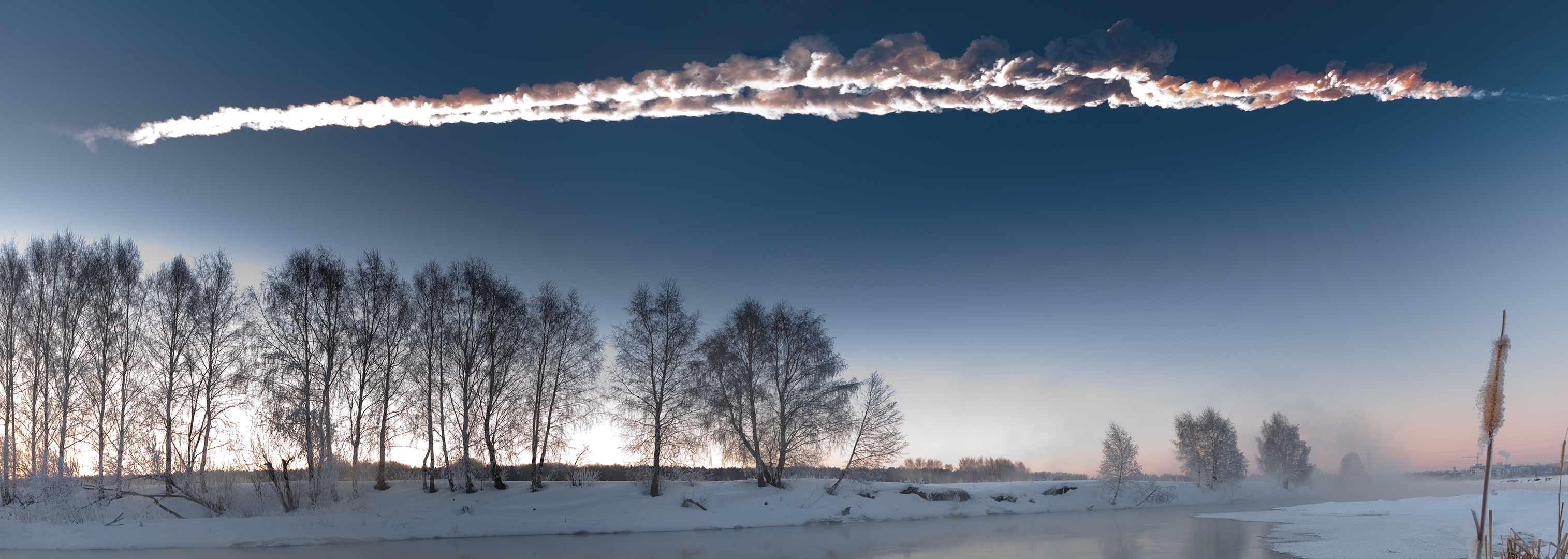Chelyabinsk meteor was a huge chunk of rock that fell into Earth’s atmosphere and exploded over Chelyabinsk, Russia , on Feb. 15, 2013. The Chelyabinsk meteor was a fireball , a type of meteor that burns brightly as it plunges through Earth’s atmosphere. The meteor exploded about 15 miles (25 kilometers) above the ground. The Chelyabinsk meteor was the largest known strike on Earth since the meteor that exploded over the Tunguska River area of Siberia in 1908.

Chelyabinsk is in southeastern Russia, near the Ural Mountains . The region is populated, but nobody was killed in the blast. However, the shock wave from the explosion shattered windows over a large area, damaging thousands of buildings. Roughly 1,500 injuries were reported, most caused by flying glass. The fireball was recorded by many video cameras, including dashboard cameras in automobiles and traffic-monitoring cameras.
The object that caused the fireball was a type of asteroid called an Apollo asteroid . These asteroids circle the sun in highly elongated (long and narrow) orbits, often crossing the paths of Earth and the other inner planets. Scientists think the asteroid was about 65 feet (20 meters) across and weighed more than 11,000 tons (10,000 metric tons). The asteroid was traveling at about 12 miles (19 kilometers) per second when it initially struck Earth’s atmosphere.
The explosion scattered hundreds and maybe thousands of meteorite fragments all over the region. The largest piece recovered punched a 20-foot (6-meter) hole in the ice covering Lake Chebarkul, southwest of Chelyabinsk. The fragment weighed over 1,300 pounds (600 kilograms).
